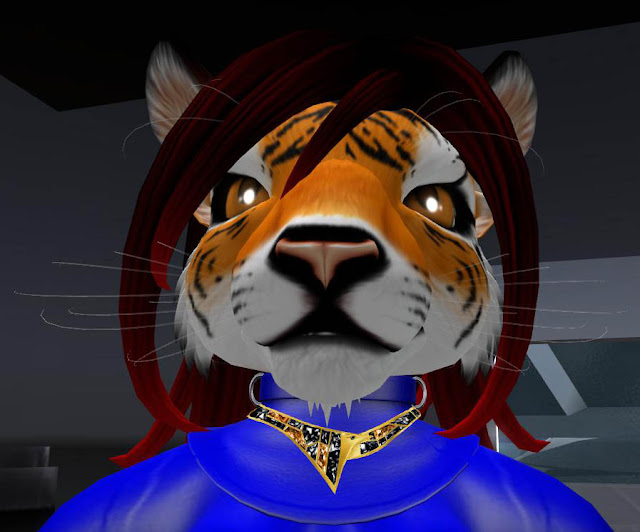We have now made available the code for our upcoming server side baking changes - you will need to update to be compatible with this in order for users to see avatars correctly once the server side change is rolled out to the main grid (some time > 8 weeks from now, but no date has been set yet).
See https://wiki.secondlife.com/wiki/Project_Sunshine-Server_Side_Appearance for information on this new code, and watch it for updates.As Oz said in the meeting, the clock is now ticking. We asked for at least two months' notice, and yesterday we got that. LL would like to roll the code out to the grid in February, but they'll work with TPV developers to make sure we all have had the code and a good chance to implement it before they actually roll it out.
Why are they being so solicitous? Because this will break every existing viewer. Any viewer that does not have the new code in it will see every avatar that connects to Second Life through a simulator running the new code as either a cloud or as a gray shape. This means you will have to upgrade your viewer sometime in February or early March. No exceptions.
This is not news. Oz first told us of this change back in July. I said then that that put Viewer 1 on borrowed time, and I meant it. The loan is about to come due.
There have been a lot of vocal folks telling me I was lying about Viewer 1 being a dying codebase. Well, folks, you've been wrong all this time, and now it's time to shut up. These changes will be extremely difficult to backport to version 1 viewers, because LL refactored most of the avatar appearance code to let them split out the parts that do the baking. It's not a drop-in replacement.
Siana Gearz yells at me whenever I speculate about the maintenance load of Singularity. Still, I think they've got quite a substantial amount of work ahead of them. Henri Beauchamp did recently implement the Current Outfit folder in CoolVL, so he's at least got that work behind him.
And Phoenix? Stick a fork in it. It's done.
We've been saying for a year that we will not put any more significant effort into Phoenix. Adding the server-side baking code to it is a significant effort. We've got our hands full with Firestorm, and none of the developers has any desire to take time away from that and update Phoenix.
That's why we announced at today's Phoenix Firestorm Office Hour that we are ending support for Phoenix at the end of the year. The support team doesn't run it or know it very well any more, and the development team is heartily sick of patching it together one more time.
LL is not going to block older viewers. As Oz said at the meeting, "if you want to live in a world of gray, cloudy avatars, that's your choice - if a weird one - and we're not going to stop you." Similarly, we are not going to block Phoenix, or even remove the download. If you want to stick with it, go ahead - but don't complain to us when you can't see your friends.
If you want to still see everyone else, you will have to upgrade. There are folks who will be diehard V1 users and not even consider Firestorm or any other V3-based viewer. There are V1-based options for them; Phoenix will simply not be one of them any longer. For the rest of you, I strongly recommend you switch to Firestorm now so you can learn its ins and outs at your leisure instead of having to do it under the pressure of not being able to do anything on Second Life, period.
And for those of you whose computers are so old you can only run 1.23 or older Phoenix? Sorry, folks, but you will have to spend some money. There's no way around it. It doesn't take all that modern a computer to run Firestorm, but it does take one that's newer than 2003. If you can't swing that, then I'm sorry, but the platform has moved on and left you behind.
We've known this day was coming for a long time. So has anyone who was not willfully blind to it. I have no sympathy for the latter. Upgrade or leave, your call.

